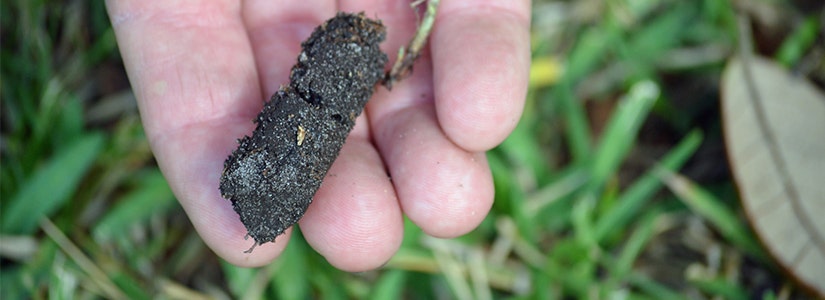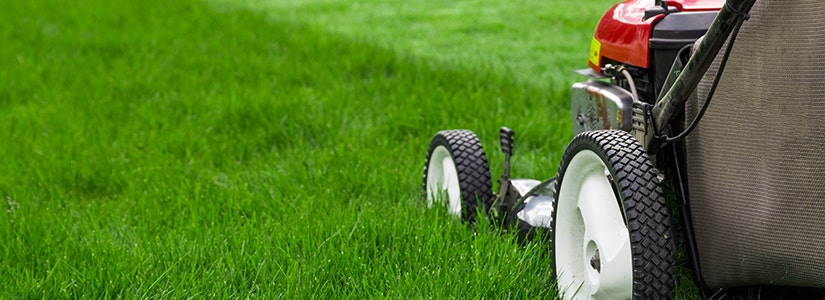

- Home
- Solution Center
- Learn
- Lawn and Landscape
- Best Investments for Your Lawn
Best Investments for Your Lawn
Invest in your lawn this spring, and you'll reap dividends this summer, including healthier grass and easier mowing. Best of all, these investments don't require big cash outlays.
Buy a blade
A sharp mower blade not only gives the best results, but also helps prevent disease. A dull mowing blade tears grass, instead of cutting it, leaving a ragged edge that provides easy access for disease organisms. Ensure a clean cut every mowing by keeping an additional sharpened blade on hand. Check grass after cutting and switch to your sharp blade if grass blades appear frayed after mowing.
Define an edge
Speed up mowing – and possibly eliminate string trimming – by creating a formal edge along planting beds and walkways. Your edging should keep grass out of planting areas while allowing you to mow right up to it. Cultivate a formal look by placing concrete pavers, bricks or poured concrete along beds to provide a path for mower wheels. For a cheaper option, use a lawn edging tool to form a crisp edge 2 to 3 inches away from the planting bed. Remove grass between the edge and the planting bed. When mowing, roll one wheel of the mower along the bare area.
Train your dog
When the family pet favors the lawn for potty breaks, you can quickly wind up with unsightly yellow or dead spots. (The nitrogen in your dog's urine kills the grass.) For a lawn-preserving alternative, create an outdoor litter box area using mulch or gravel – and then train Fido to use this area to do his business.
Use a pre-emergent
Early spring is the right time to apply a pre-emergent herbicide to your lawn to prevent annual weeds, including Crabgrass, Goosegrass, Foxtail Grass, Spotted Spurge and Yellow Woodsorrel. Timing is critical for success; in many regions, you want to apply the herbicide when Forsythia is flowering. Check with your local Cooperative Extension System office for the best timing for your region.
Automate irrigation
Whether you're installing a new lawn or tending an existing one, consider adding an automatic irrigation system to save time, money and water. It can also help you grow your healthiest lawn ever.
Water smarter
If you already have an automated lawn irrigation system, make the most of every drop of water by installing a weather-based smart controller. Smart controllers adjust irrigation based on local weather conditions, such as rainfall, temperature and evaporation rates. Ultimately, smart controllers save you money by reducing irrigation waste. Discover more about controllers and the basics of summer lawn watering.
Deal with shade
If grass is struggling in a shady area, ensure you've done everything to help it thrive. For lawn beneath trees, consider pruning low-hanging limbs and thinning the upper canopy of mature trees to let more light reach grass. Make sure that you're using shade-tolerant grass in low-light areas. Learn more about growing grass in the shade. If you can't lighten shade, consider replacing lawn with a shade-tolerant ground cover.
Encourage roots
One of the best things you can do to enhance your lawn's health is aerate. By removing small cores of soil from the lawn, you encourage root growth by granting air, water and fertilizer direct access to roots. Aeration also loosens soil, which allows grass roots to penetrate more easily and form a strong network that helps turf survive summer heat. Click here to and learn how to aerate properly.













